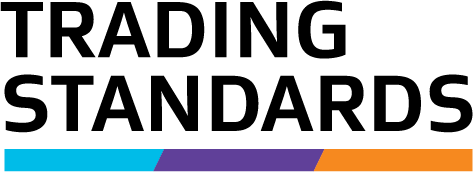The Average Quantity System (AQS)
The Average Quantity System (AQS) is how Trading Standards Officers assess whether pre-packaged goods, packed over a fully automated production line, comply with the weights and measures legislation.
About the Average Quantity System (AQS)
The Average Quantity System (AQS) is described in the Weights and Measures Regulations and provides a sampling plan and criteria for Trading Standards Officers to use to check that a defined lot (batch) of prepackaged goods, packed over a fully automated production line, meets the requirements of the AQS, by testing a statistical sample of the lot (batch).
Weights and Measures Regulations 1999 - Regulation 84A Interpretation(external link) — New Zealand Legislation
Weights and Measures Regulations 1999 - Regulation 84B Weight, measure, or number of goods deemed to be in accordance with stated quantity(external link) — New Zealand Legislation
AQS applies a tolerance to the sample known as a ‘tolerable deficiency’. This is stated in Regulation 84C and is dependent on the actual net contents of the package under test. Packages are permitted to be equal to, or greater than, the stated quantity minus the tolerable deficiency specified in the regulations.
Weights and Measures Regulations 1999 — Regulation 84C, Non-standard package(external link) — New Zealand Legislation
NOTE
AQS will not be applied by a Trading Standards Officer when the goods are manually packed or topped up. Trading Standards Officers will inspect goods to ensure every package is packed to at least the stated net quantity, similar to the assessment of catch weight goods and non-prepackaged goods.
The requirements of AQS
To comply with AQS, a sample of packages taken from a batch must meet these requirements:
- The average quantity of a sample must not be less than the stated quantity marked on the packages.
- A small number of packages may contain less than the quantity stated on the package. The deficiency can be more than the tolerable deficiency (T1), but not more than twice the tolerable deficiency (T2). These are referred to as ‘non-standard packages’.
- No individual package is allowed a deficiency greater than twice the allowed tolerable deficiency. These packages are referred to as ‘inadequate – packages’ (T2).
Text alternative of diagram
This image illustrates the statistical distribution of net quantity in packaging using a bell shaped curve. It highlights key thresholds such as T2 and T1, which represent limits for underpacking and potential non-compliance. The curve centres on the stated net quantity, with underpacking indicated on the left and overpacking on the right. A shaded area beyond T1 marks acceptable overpacking. This visual aids in understanding how actual packaging quantities compare to declared values and supports quality assurance and regulatory compliance assessments.
Your sampling plans
AQS is not a statistical model for packers to pack to. If you use these criteria in your production processes and sampling plans you are increasing the risk of packing short weight, measure or number products.
To help ensure your packaged goods meet the quantity statement shown on the individual package, you must either:
- measure the contents of each package in a lot, or
- develop your own statistical model (sampling plans).
Packers and importers’ sampling plans must be sufficiently rigorous to provide confidence that AQS requirements have been satisfied, and would support a due diligence defence, if the goods are determined to be non-compliant by a Trading Standards Officer.
If you need help understanding AQS and / or sampling plans, Trading Standards Officers are available to come and talk to you and can demonstrate the inspection procedure they would use to determine compliance.

